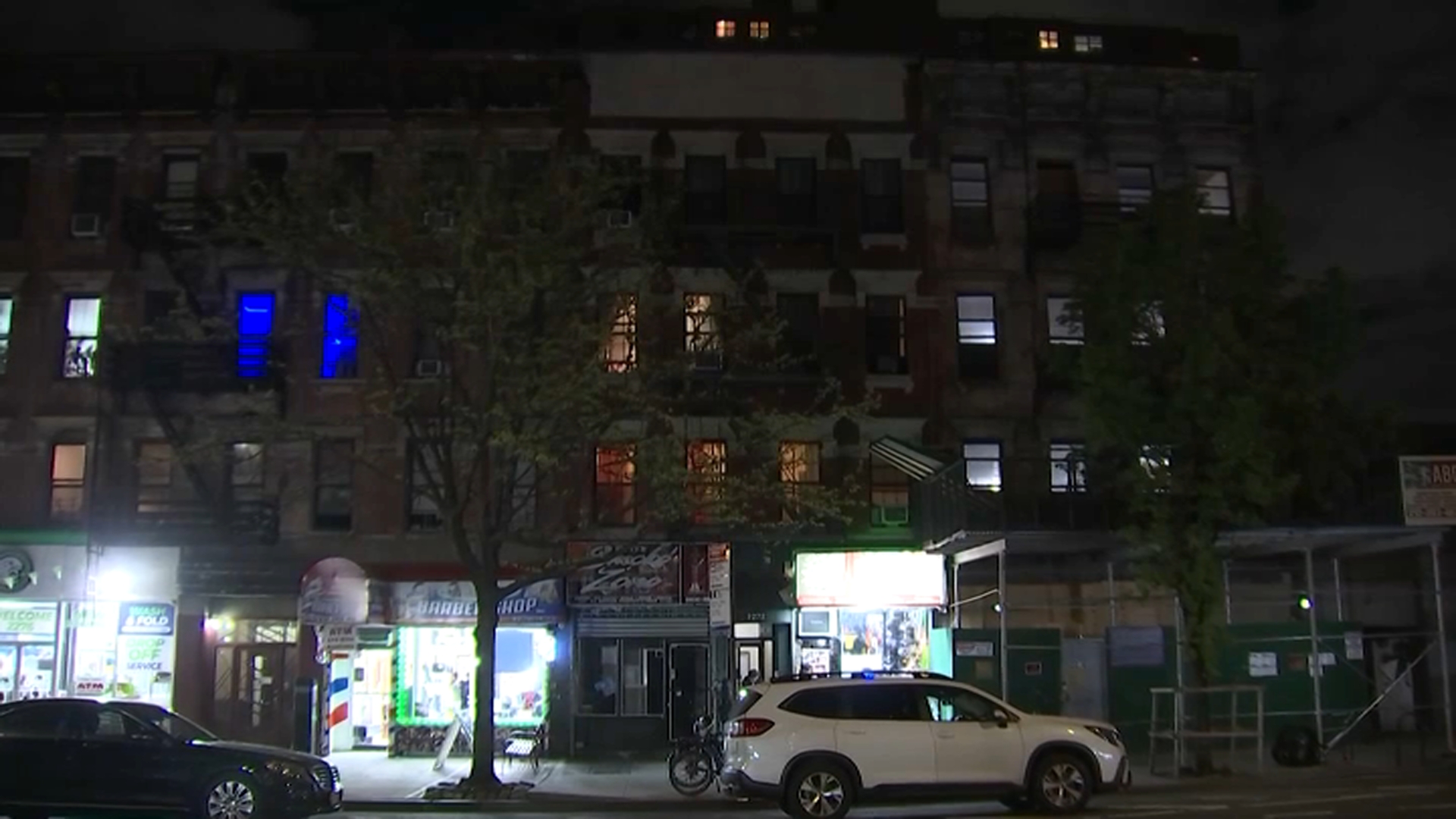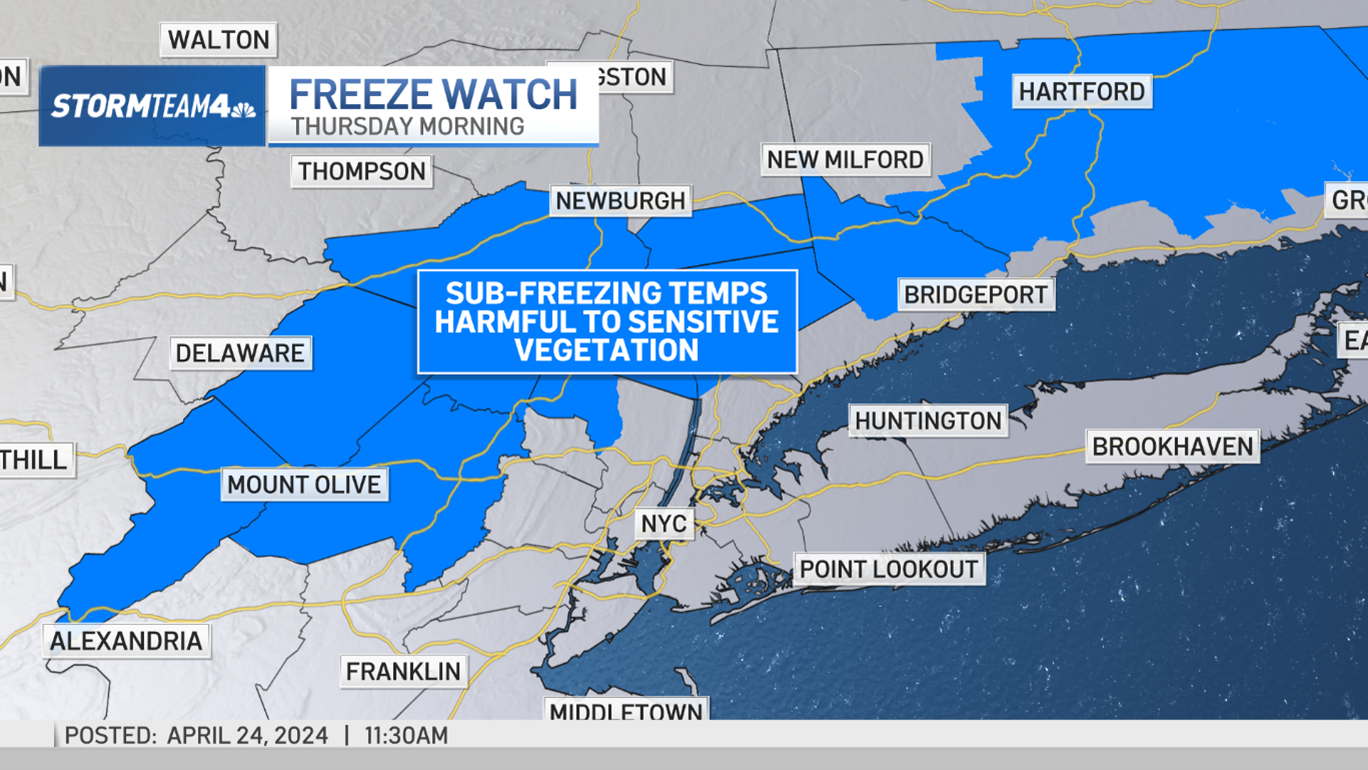Somewhere in Iraq, there is a soldier or marine -- whose day is a little bit warmer, thanks to a group of dedicated knitters.
There is a movement, led in great part by the mothers of the men and women who are serving in Iraq and Afghanistan, to knit or crochet helmetliners, scarves, neck coolers and scarves. It is their way to support the troops, locally and globally.
The women hand out patterns, and persuade knit shops and craft stores to offer discounts for the wool. And the directions are poignantly clear: the items must be made with 100% wool, because acrylic yarn is flammable and could injure the soldier or marine in a dangerous situation.
Paula Zwillinger is a Gold Star Mother, who lost her son Robert in the summer of 2005. He was killed in action in Anbar Province. She also started Semper Fi Parents of Hudson Valley in New York, a support group for the parents of Marines. She spearheaded the local Operation Helmetliner effort in Wappingers Falls. "I guess I have an angel on my shoulder because he's kinda steering me with projects and directing me with my passion and taking it to the next level," said Ms. Zwillinger. "Other than sending cookies and gourmet hot chocolate, we wanted to put something that they can actually use every day."
There are over 200-thousand troops overseas who are subjected to freezing weather during the winter and extreme heat in the summer. Crafters are warned: the helmet liners must be made to measure, because if they do not fit properly, they could obstruct the soldier's vision.
Oh, and only certain colors are allowed. No neon green, no bright blues. Colors generally associated with camouflage -- tan, dark brown, dark gray, black -- are preferred.
If you want to support the troops in this fashion, you can see many ways to participate on the websites for the Semper Fi Parents of Hudson Valley or on citizensam.org. Whether it is knitting helmetliners, sewing quilts, or making Christmas stockings for Operation Santa, you can be guaranteed that your contribution, large or small, will be appreciated by the men and women who serve overseas.
Local
Here's the simple pattern for the Helmetliner
"HELMETLINER" KNITTING INSTRUCTIONS
(Known as a "Wooly Pulleys" by our Armed Forces)
Materials:
Any soft, worsted (100 grams/3.5 ounces) wool yarn that will knit to gauge, such as Cascade 220 or equivalent. The label should state that for size 7 needle, 5 stitches per 1 inch, and for size 8 needle, 4-1/2 stitches per 1 inch. Approx. 175 yds.
Only 100% soft wool yarn will be accepted, because our ground forces are not allowed to wear synthetic fibers. Wool is inherently non-flammable and won’t melt against the skin in the event of an accident and is warm even when wet.
Colors:
Only black, charcoal, brown, tan, gray or combinations of these colors are allowed by our Armed Forces.
Size 8 – 16” circular needle, or size to get gauge
Size 8 - Double point needles
Size 6 - 16” circular needles for the ribbings
1 stitch marker.
Gauge: 4.5 stitches per inch in stockinette stitch
Be sure to check your gauge to ensure the helmetliner will fit properly when worn.
Neck Ribbing: With smaller circular needle, cast on 84 stitches loosely. Place marker. Join in round and knit in 2x2 (meaning knit 2, purl 2) ribbing for 6 inches.
Cap: With larger circular needle, knit 32 stitches off smaller needle onto the larger size 8 circular needle. Leave smaller circular needle in the rest of the stitches. The smaller circular needle will just act as a stitch holder while you complete the cap portion with the size 8 circular and double-point needles.
Cast on 59 additional stitches, place marker to mark beginning of round, join in round, knit even for 4”. ("Knit even" means to knit every stitch).
Be sure to check your gauge. Even being off 1/2 stitch per inch will make the helmetliner useless, as it will not fit properly.
1st decrease row: *Knit 11, Knit 2 together,* repeat to end of round.
Next row: Knit even.
2nd decrease row: *K10, K2 together,* repeat to end.
Next row: knit even, meaning to knit every stitch. Change to double point (DP) needles when necessary.
Continue decreases as established until knit 2, knit 2 together. After this, decrease every row until a total of 7 stitches remain on the double point needles. Cut yarn 8-9” long, feed through remaining stitches and weave in.
Face Ribbing: With size 6 circular needle that is still in neck portion, pick up the 59 stitches that you cast on when starting the cap portion. Increase 1 stitch, so you now have a total of 60 stitches. Join in circle and Knit 2, Purl 2 ribbing for 1 inch. On last row of ribbing, decrease about 4 stitches by purl 2 together in 4 locations around the face. You may need to increase or decrease the number of times you decrease (purl 2 together) so that it isn't too tight or too loose in the face ribbing. This keeps the wind from whipping underneath it.
Cast off. Weave in ends.
(The original pattern was designed by Bonnie Long, Knit Wits, 3419 Chatham Rd. Springfield, IL 62704. 217-698-6100. Revised 1-19-05. All rights reserved. Copies may be made only for the purpose of donating helmets to our active service personnel. In any case design attribution must remain. Operation Helmetliner, Inc. has made changes to the original pattern for clarity and to incorporate suggestions from our Armed Forces).
You can find more patterns on the websites.



